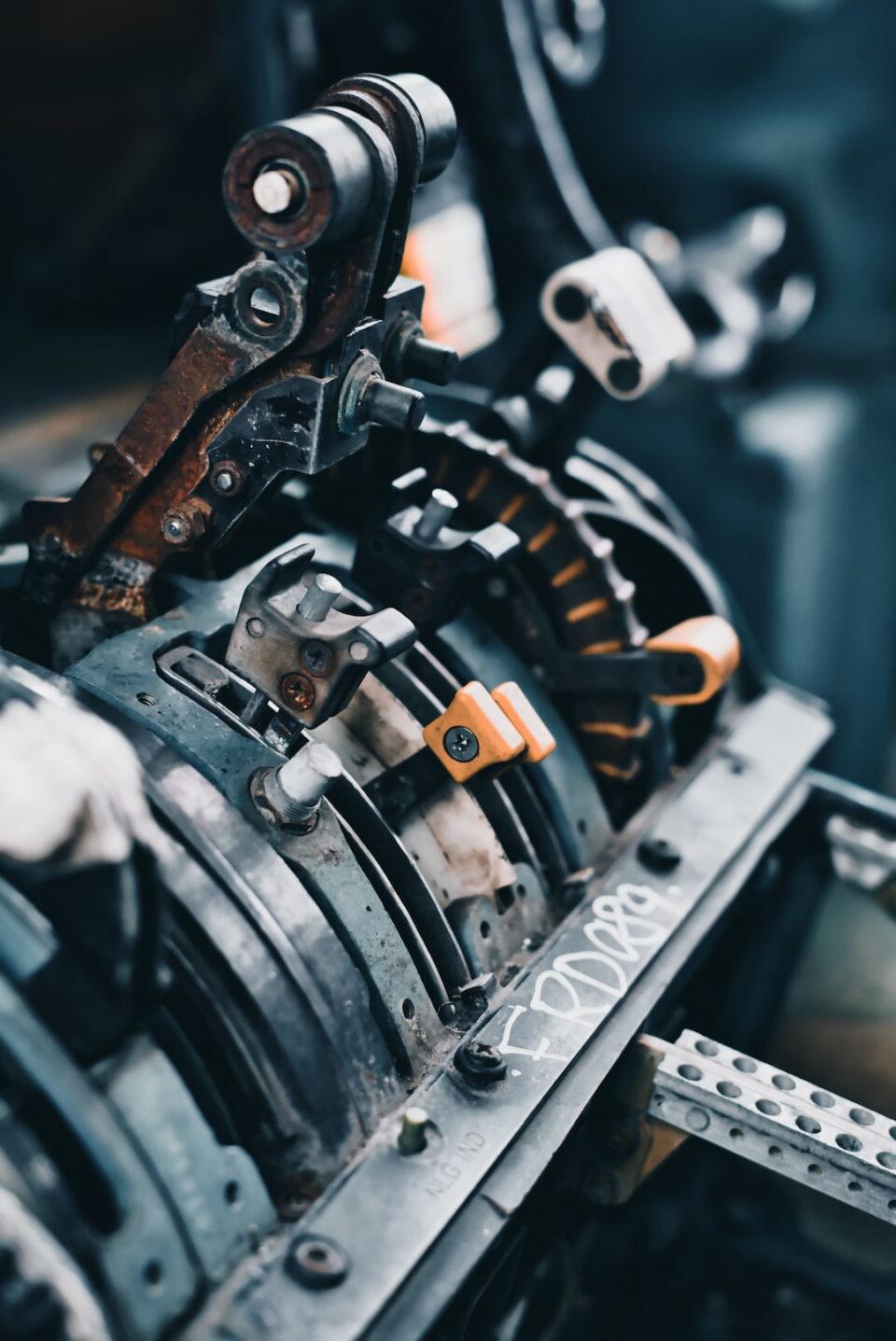The Evolution of Industrial Robotics
Industrial robots have come a long way since their inception in the 1960s. From heavy, bulky machines confined to cages, to sleek, agile robots working side by side with humans on the factory floor, the evolution of industrial robotics has been nothing short of extraordinary. In this blog post, we will explore the various advancements that have shaped the field of industrial robotics and paved the way for a new era of automation.
The birth of industrial robotics can be traced back to the 1960s, when the first industrial robot was introduced by General Motors. This robot, named Unimate, was primarily used to perform repetitive tasks on the assembly line, such as welding and materials handling. While it was a major milestone in automation, the Unimate was far from perfect. It was large, slow, and lacked the ability to adapt to changing circumstances.
However, as technology progressed, so did industrial robotics. The 1980s saw the introduction of articulated robots, which had multiple joints and could perform more complex tasks. These robots were more flexible and could be programmed to perform a range of tasks, from painting cars to packaging products. They were also smaller and lighter, enabling them to be installed in a wider range of environments.
The 1990s brought another leap forward in industrial robotics with the introduction of collaborative robots, or cobots. Unlike traditional industrial robots, cobots are designed to work alongside humans, assisting them in their tasks. This opened up new possibilities for automation in industries such as healthcare and electronics, where human-robot collaboration is crucial. Cobots are equipped with sensors and advanced safety features to ensure the safety of human workers.
In recent years, the evolution of industrial robotics has been driven by advancements in artificial intelligence and machine learning. Robots are now equipped with advanced vision systems that enable them to perceive and interpret their environment, allowing them to navigate complex spaces and interact with objects more efficiently. This has led to a significant increase in the capabilities of industrial robots, from advanced pick-and-place applications to intricate assembly tasks.
Furthermore, industrial robots are now capable of learning from their experiences and adapting their behavior accordingly. This ability, known as machine learning, allows robots to continuously improve their performance and become more efficient over time. It also enables them to handle tasks that were previously considered too complex for automation.
As we look to the future, the evolution of industrial robotics shows no signs of slowing down. With advancements in sensor technology, artificial intelligence, and machine learning, we can expect to see even more capable and intelligent robots in the coming years. These robots will not only transform the manufacturing industry but also open up new possibilities for automation in other sectors such as agriculture, logistics, and healthcare.
In conclusion, the evolution of industrial robotics has been a remarkable journey, from the early days of the Unimate to the sophisticated robots of today. With each advancement, industrial robots have become more capable, flexible, and intelligent. As we embrace the era of automation, it is clear that industrial robotics will continue to play a crucial role in shaping the future of manufacturing and beyond.

